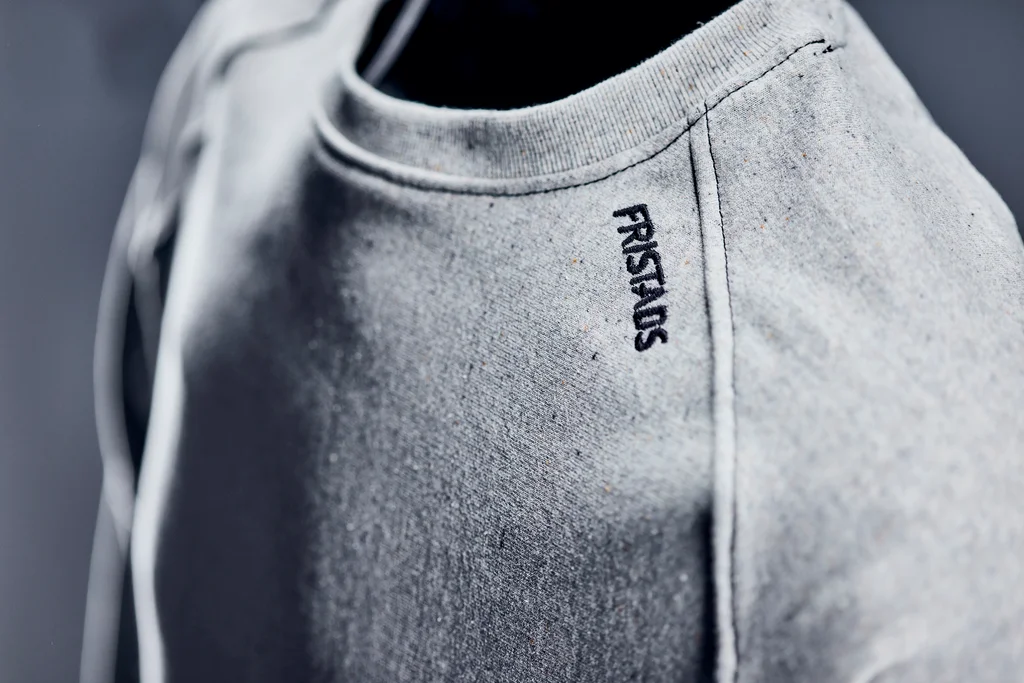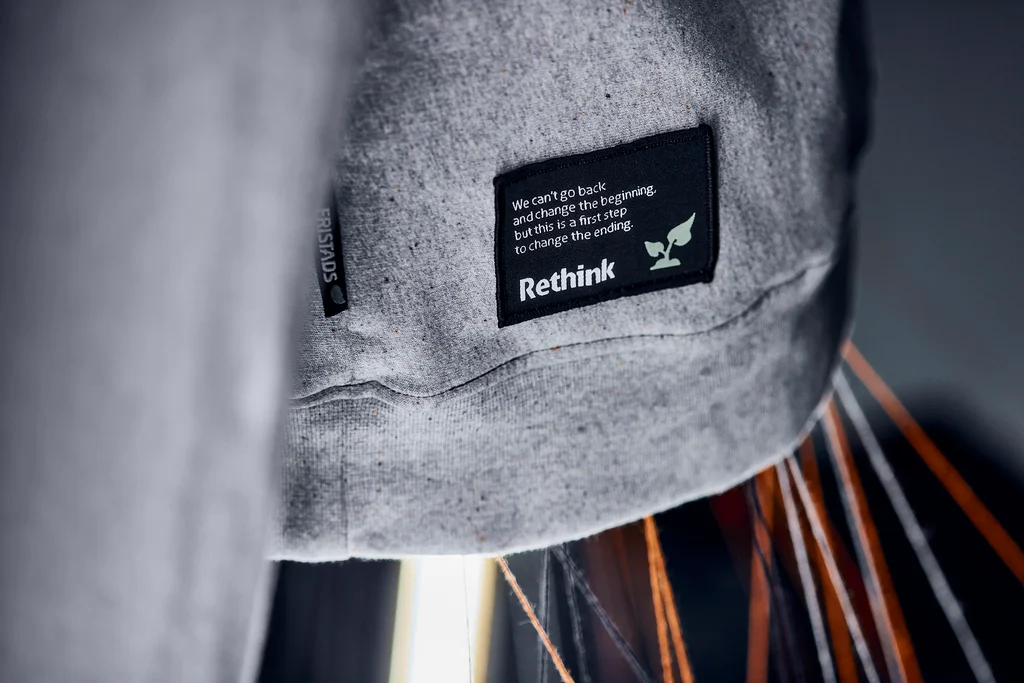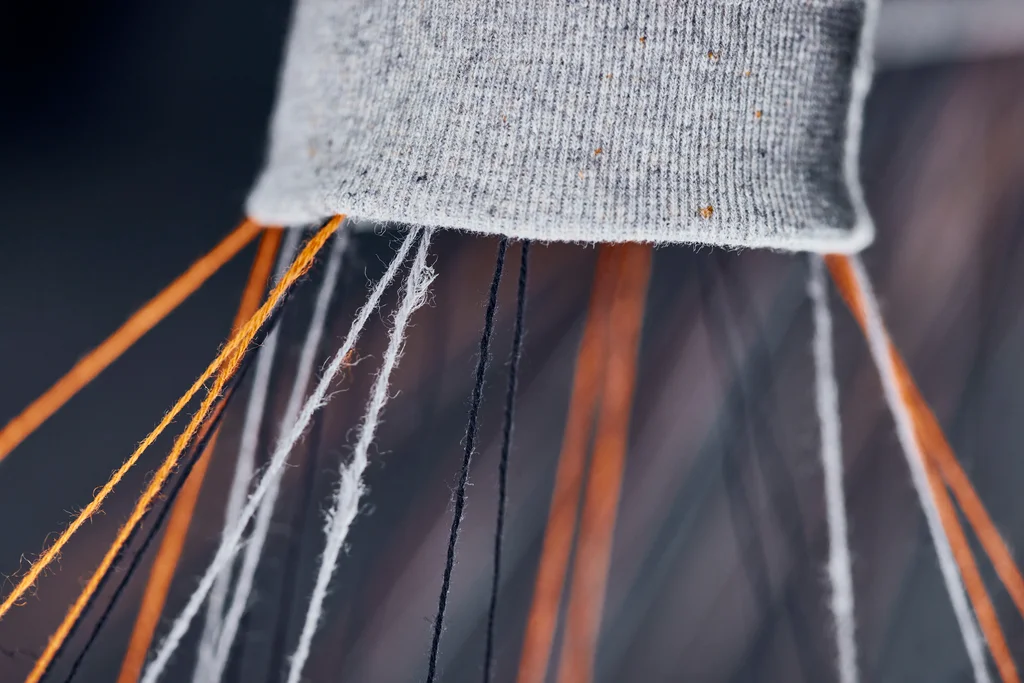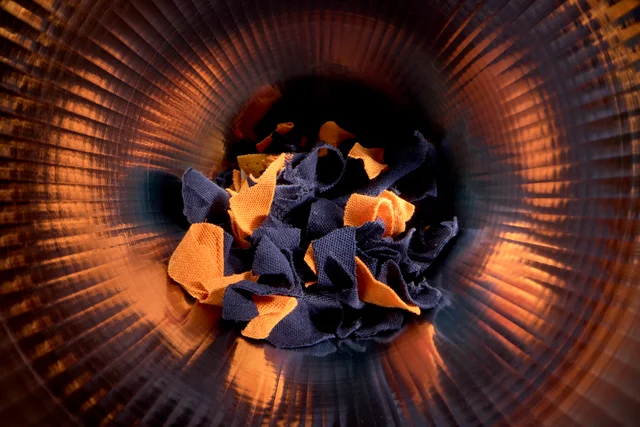Together with our customers, we have run several successful pilot projects which have helped us establish both an open-loop recycling flow and a certified closed-loop flow. In an open-loop flow, textiles are collected and processed into other products, for example filling for car interiors, lining for drainage pipes, construction materials or insulation. In a closed-loop flow, the textiles are processed into new fibres that are mixed in with other materials and used to produce new clothes, creating a circular production. They will help us reduce waste, emissions and the use of virgin materials, as well as lessen the environmental impact of our clothing on land and water.















